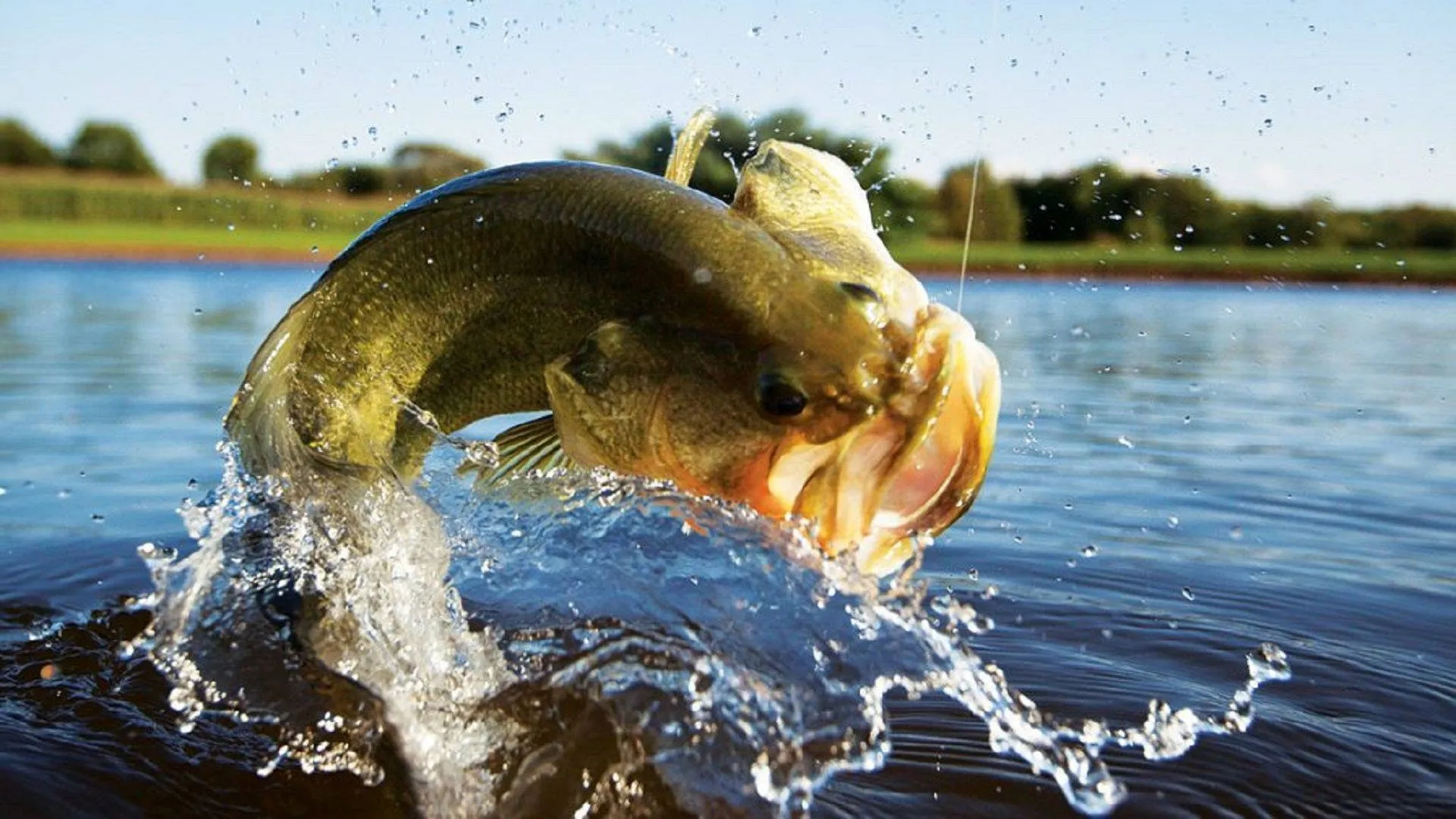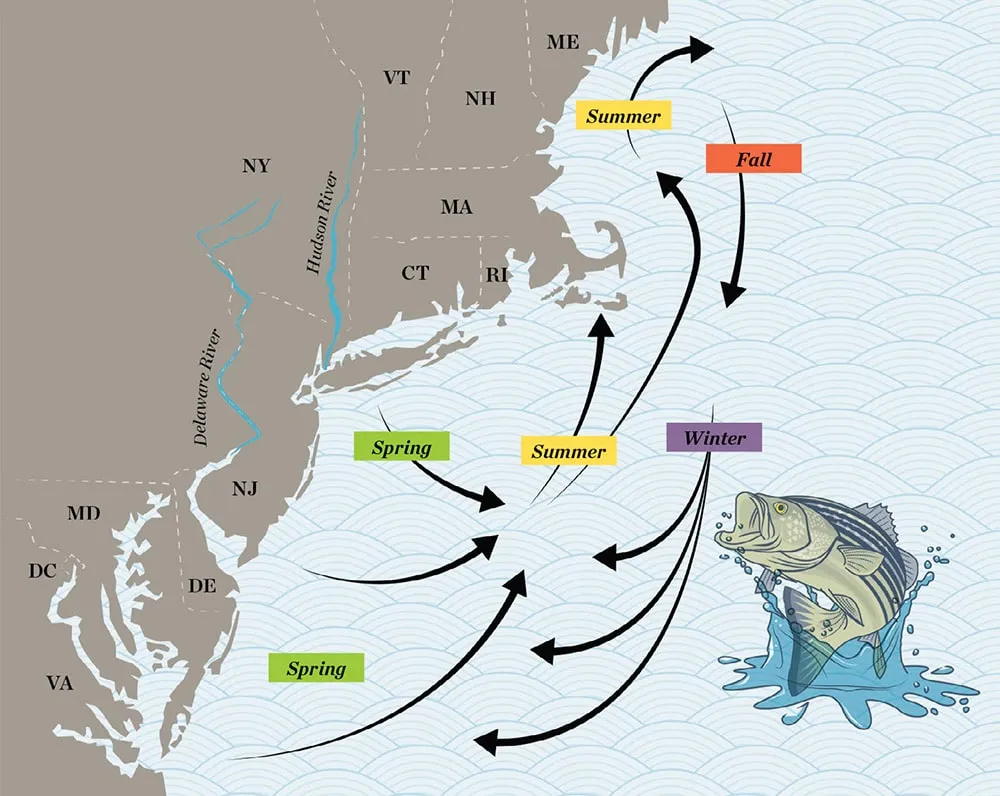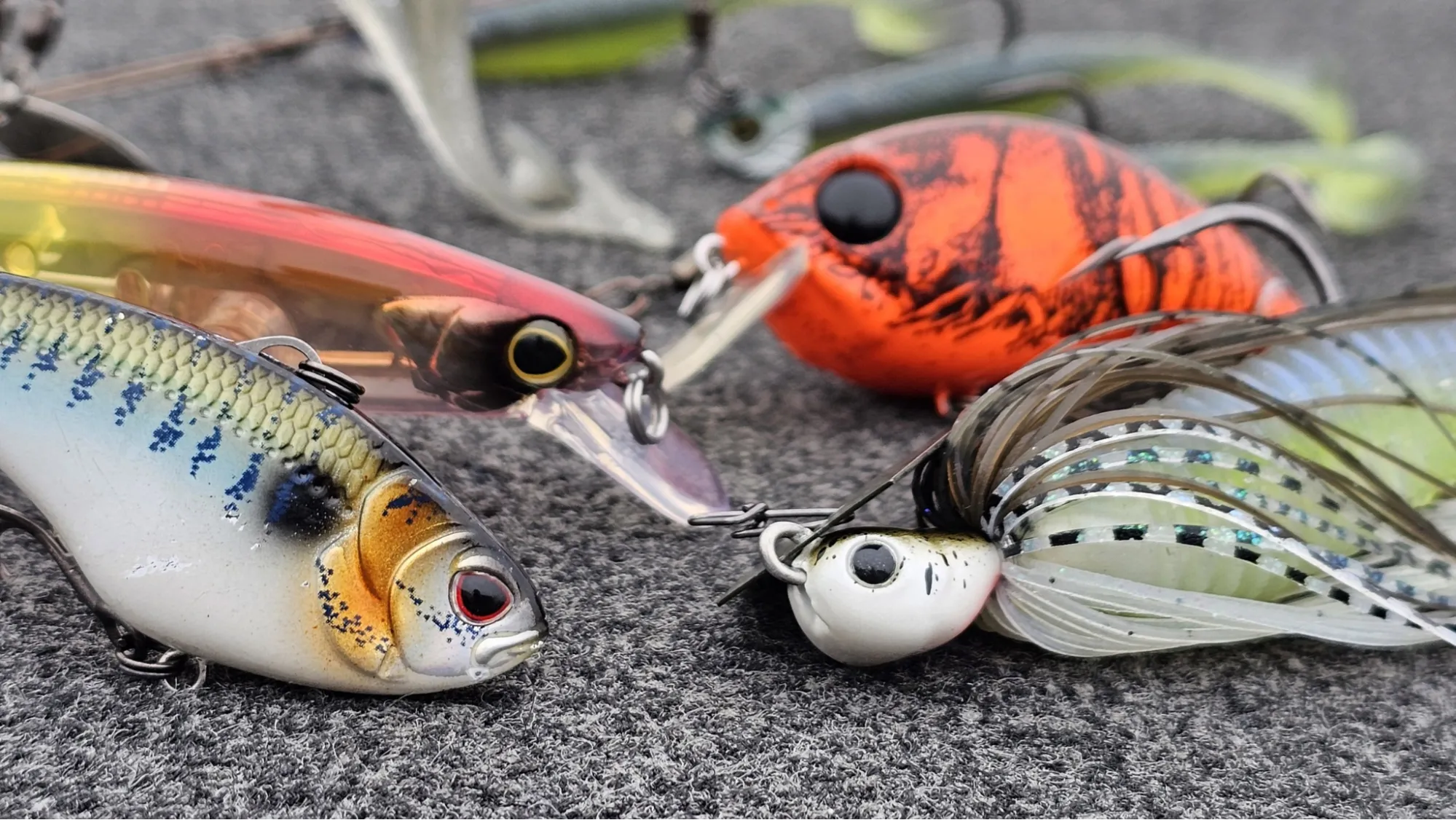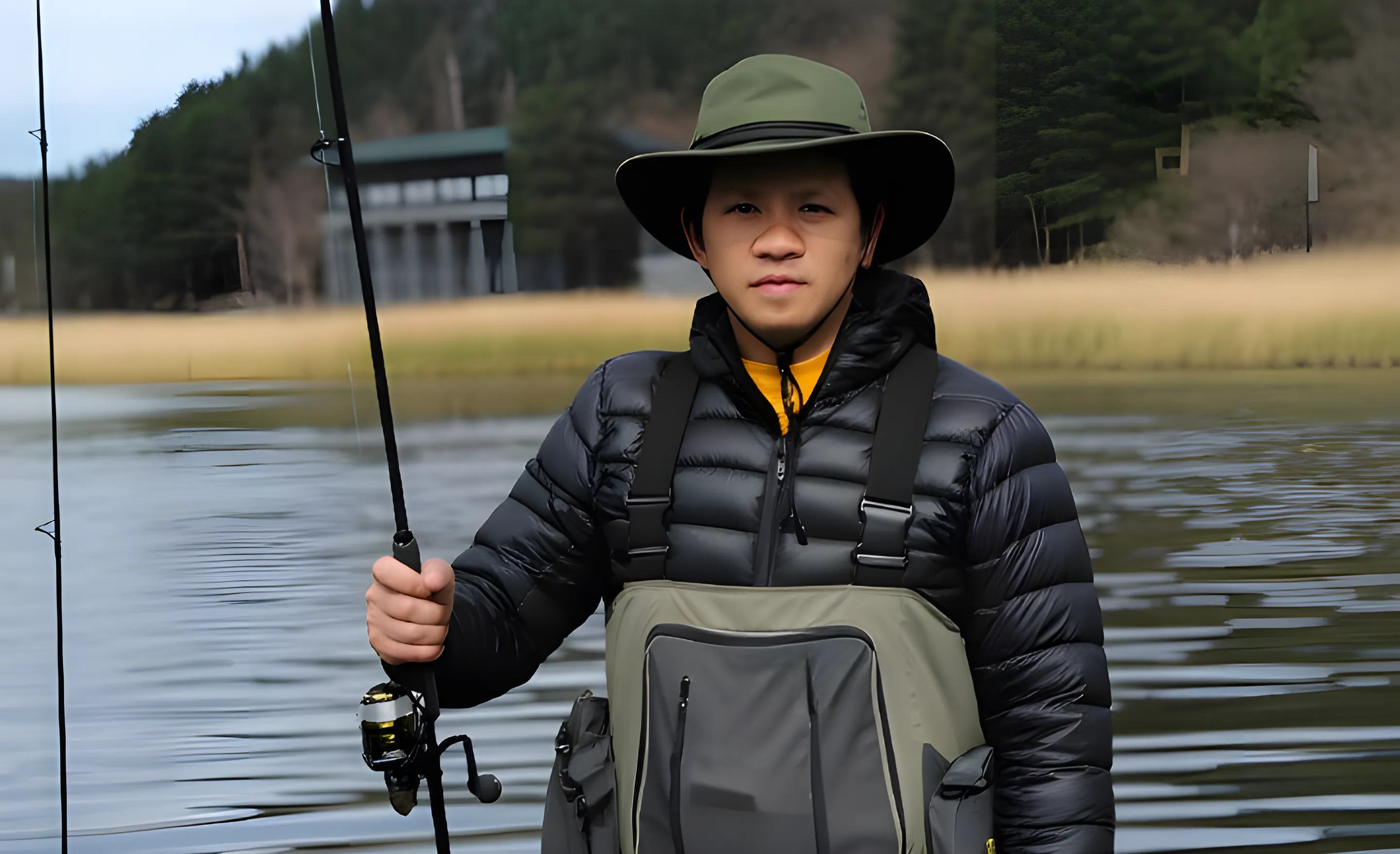How to Fish for Bass in Spring: Expert Guide by a Pro Angler

Spring bass fishing is more than just a hobby; it’s the season of giants. This guide is your definitive answer to how to fish for bass in spring, where understanding the transition from winter's lethargy to the spawn's aggression is the key to a catch of a lifetime. After 15 years of tournament fishing, I’ve refined a playbook that consistently works, and I’m proud to share it with the community at riversiderelics.com. This isn't about blind casting; it's a strategic approach to water temperature, location, and lure selection. Whether you're a seasoned angler or a beginner, this guide will help you master the bite.
Key Takeaways
Temperature is King: Your thermometer is your most important tool. Bass behavior hinges on water temperature changes from the 40s to the 60s.
Follow the Migration: Bass move predictably from deep wintering areas to shallow spawning flats. Find their "highways"—creek channels, points, and ledges—to find the fish.
Match the Hatch (and the Mood): Slow down with finesse baits in cold water. Speed up with reaction baits as it warms. Match your lure to the bass's energy level.
Location, Location, Location: North-facing banks and shallow coves warm up first. Start there. Wind-blown banks concentrate baitfish and active bass.
Conservation is Key: Spawning season is critical. Handle fish with care and release them quickly to ensure healthy future fisheries.
Water Temperature and Bass Behavior
To master catching spring bass, you must first think like one. Their world revolves around three things: water temperature, available cover, and the biological imperative to spawn. For many anglers, spring is arguably theC, precisely because of this predictable movement.
As winter's ice recedes and the water temperature climbs above , bass receive their first signal. Their metabolism kicks into gear, and they begin a slow migration from their deep winter haunts toward shallow spawning grounds. This journey isn't a mad dash; it’s a staged process heavily influenced by sun exposure, water clarity, and weather patterns. A stable warming trend will push fish shallower, while a sudden cold front can send them retreating to the safety of deeper water in an instant.
This is why a simple boat or fishing thermometer is the single most valuable tool in your spring arsenal. It tells you which stage the bass are likely in and where you should be focusing your efforts.

Where to Find Spring Bass
"Location" is everything. You can have the perfect lure, but if you're casting in empty water, you're just practicing. Here’s how to break down a lake and find active fish in each phase of the spring.
Early Spring: Pre-Spawn Staging
This is the "waiting room" phase. Bass are moving toward spawning areas but are holding on the first available deep-water structure. They are feeding up to build energy for the spawn, making them aggressive but still cautious.
Where to Look:
- Primary & Secondary Points: The first points leading into major creek arms or spawning coves.
- Channel Bends & Ledges: Look for sharp turns in creek or river channels adjacent to shallow flats.
- 45-Degree Banks: Steeply sloping rocky or clay banks that offer quick access to both deep and shallow water.
Mid-Spring: The Spawn
This is game time. Once the water temperature is consistently in the low 60s, male bass will move into shallow, protected areas to fan out circular nests (beds). Females will stage nearby and move up to deposit their eggs.
Where to Look:
- Protected Coves & Pockets: Look for areas sheltered from wind and boat traffic. The north side of the lake is prime real estate as it gets the most sun and warms fastest.
- Shallow Flats with Hard Bottom: Bass need a firm bottom of sand, gravel, or clay to build their nests.
- Cover is a Magnet: Look for beds next to docks, laydown trees, stumps, or emergent vegetation like reeds or lily pad stems.
.webp)
Late Spring: The Post-Spawn
The post-spawn can be the trickiest period. Female bass are exhausted and often move to the first deep-water cover to recover (the "post-spawn funk"). Males, however, will stay shallow to guard the nests and fry, making them extremely aggressive.
Where to Look:
- For Fry-Guarders: The same shallow areas where the spawn occurred. Look for cruising males or tight balls of bass fry.
- For Recovering Females: The first drop-off or piece of cover outside of spawning flats. Docks, submerged grass lines, and nearby points are excellent places to find them.
Best Lures for Spring Bass
Matching your lure to the bass's mood and location is critical. This section will break down the best bass lures for spring fishing to ensure you're always prepared, with a versatile tackle box that allows you to adapt on the fly.
| Stage/Water Temp (°F) | Location | Top Lure Choices | Why It Works |
| Early (45-55°F) | Staging Points, Ledges | Suspending Jerkbait, Finesse Jig, Ned Rig | Mimics slow/dying baitfish for sluggish bass. |
| Mid (55-60°F) | Transition Banks, Flats | Lipless Crankbait, Bladed Jig, Squarebill | Covers water to find active, feeding fish. |
| The Spawn (58-68°F) | Shallow Beds, Cover | Weightless Stick Worm, Creature Bait, Finesse Jig | Invades the nest to trigger a protective strike. |
| Late (68°F+) | Fry Guarding Areas, Docks | Topwater Popper, Walking Bait, Swim Jig | Targets aggressive fry-guarders and recovering females. |

A suspending jerkbait is my MVP in cold, clear water. The twitch-twitch-pause cadence is something lethargic bass cannot resist. For a deep dive into our top picks, check out our guide to the c.
As bass become more active, a bladed jig (like a Z-Man ChatterBait) or a lipless crankbait (like a Rat-L-Trap) allows you to cover water and trigger aggressive reaction strikes.
During the spawn, it's all about precision and subtlety. A weightless stick worm (like a Yamamoto Senko) pitched to a bed is the gold standard. The slow, tantalizing fall is often more than a protective male can stand.
A Step-by-Step Fishing Routine
Success in the spring is about having a plan. Here is the exact routine I follow.
-
Step 1: Analyze Conditions. Before you launch, check the weather forecast and recent temperature trends. When you hit the water, your first action is to get a surface temperature reading. This dictates your starting point.
-
Step 2: Start with Search Baits. Begin by fishing "high-percentage" staging areas (main lake points, channel swing banks) with a search bait like a crankbait or bladed jig. Fan-cast the area to locate where fish are positioned.
-
Step 3: Slow Down and Dissect. Once you get a bite or spot activity (baitfish, a following fish), slow down. Pick up a slower presentation like a jig or a soft plastic to thoroughly fish the area and catch less aggressive fish.
-
Step 4: Identify the Pattern. After a few catches, a pattern will emerge. Are the fish on rocky points? On the shady side of docks? At a specific depth? Your job is to recognize this pattern.
-
Step 5: Run the Pattern. Once you've cracked the code, don't waste time in unproductive water. Use your map to find other spots on the lake with the exact same characteristics and replicate your success.
Essential Gear Setups
You don't need a dozen rods, but having three specialized setups will dramatically increase your efficiency.
The Finesse Setup (Spinning): For jerkbaits, Ned rigs, and other light lures.
- Rod: 6'10" - 7'2" Medium-Light or Medium power, Fast action spinning rod.
- Reel: 2500 or 3000-size spinning reel.
- Line: 10-15 lb braid with an 8-10 lb fluorocarbon leader.
The All-Purpose Setup (Baitcaster): Your workhorse for crankbaits, spinnerbaits, and bladed jigs.
- Rod: 7'0" - 7'3" Medium-Heavy power, Moderate-Fast action baitcasting rod.
- Reel: 6.4:1 or 7.1:1 gear ratio baitcaster.
- Line: 12-17 lb fluorocarbon.
The Power Setup (Baitcaster): For flipping jigs and plastics into heavy cover or around docks.
- Rod: 7'3" - 7'6" Heavy power, Fast action baitcasting rod.
- Reel: High-speed (8.1:1+) baitcaster to pull fish from cover quickly.
- Line: 17-20 lb fluorocarbon or 50 lb braid.
.webp)
Advanced Tactics & Common Mistakes
North vs. South Strategies
-
Southern US (e.g., Florida, Texas): Spring starts early (January-February). The spawning window is often long and complex, with multiple waves of fish moving up. Pay close attention to moon phases (full and new moons), which are major triggers here.
-
Northern US (e.g., Michigan, New York): Spring arrives late (April-May). The season is compressed, meaning the pre-spawn and spawn transitions can happen very quickly. Finding the warmest water is absolutely critical. Small, dark-bottomed backwaters can be degrees warmer and hold the motherlode.
Tips for the Shore Angler
No boat? No problem. Focus on areas that are naturally warmer and accessible from the bank.
-
Sun-Drenched Banks: Fish the north and northwest banks that get the most afternoon sun.
-
Rip-Rap and Causeways: Rocks absorb and radiate heat, attracting baitfish and bass.
-
Creek Inlets: Runoff from rain can be warmer and will draw fish in.
Common Mistakes to Avoid
- Fishing Too Fast: Especially in early spring, this is the #1 mistake. If you're not getting bites, slow down before you change locations.
- Ignoring the Wind: Windy banks can be uncomfortable, but they are your friend. The wind pushes plankton, which attracts baitfish, which attracts bass.
- Sticking to One Lure: The "hot" lure from the morning might be useless by the afternoon. Be willing to adapt as conditions change.
FAQs
Conclusion
Ultimately, success in how to fish for bass in spring isn't a secret-it's a strategy. By tracking water temperatures, following their predictable migration from deep to shallow, and adapting your lure selection for each stage, you have the complete playbook. Now, take these proven tips to the water, trust your instincts, and make this your most memorable season yet. Tight lines!
Aviv Nguyen is a passionate fisherman who loves sharing stories and tips from his fishing adventures. Whether it’s freshwater or sea, he finds joy in every cast and aims to inspire others to enjoy the great outdoors through fishing.
Share This Post With Friends

